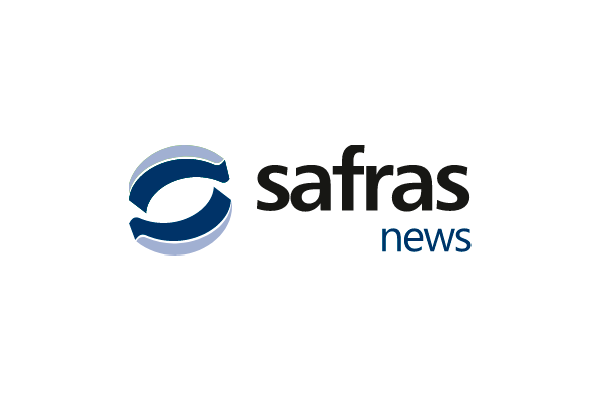The coffee market has been facing volatile days. The lack of rain in arabica-producing regions of Brazil, combined with the advance of a new cold front, has caused concern and boosted coffee prices on the New York Stock Exchange. During a period of concern over the climate, the price for December/24 reached 253 cents a pound, the highest since February 2022, but eventually erased part of the gains, seeking a level below the 250-cent line. Signs of an overbought market stimulated a technical correction. Additionally, a more conservative buying strategy contributed to this negative adjustment. Large global industries express difficulties in absorbing and passing on the increase in coffee costs.
Besides uncertainties in production, financial turbulence also influences coffee prices, increasing market volatility. There is growing expectation that the Federal Reserve (Fed) will begin a cycle of interest rate cuts at the next meeting of the Federal Open Market Committee (FOMC) in September. The release of the minutes of the last Fed meeting reinforced this perception. The market is already reacting to this possibility, with the dollar appreciating against emerging currencies, despite remaining weak against strong currencies such as the yen, euro, and pound. The dollar index (DXY) is hovering around 101 points. Changes in US monetary policy affect prices and the balance of global assets, altering financial flows. Such movements obviously impact commodity prices and exchange rates, directly affecting the coffee price received by growers.
Coffee supply remains tight, reflecting the current reduction in robusta production and indicating that the next crop in Vietnam will be limited, as it was previously. In Brazil, a lower-than-expected output intensifies the supply shortage, favoring an increase in the global balance of coffee prices. However, robusta has already reached its highest level in 16 years, and arabica is also sharply valued, reflecting this scenario of tight supply. On the other hand, demand, which was on the rise, has begun to slow down. Low stocks have already been replenished and, in the European Union, purchases exceeded what was necessary, expanding buffer reserves against possible impacts of the new EUDR (European Union Deforestation-Free Regulation). This situation explains why coffee continues to be valued but is having difficulty rising above 250 cents per pound for arabica on ICE US.
Therefore, the market finds support in the limited supply and the fear of the next Brazilian crop but is having difficulty rising due to the already high price and the shorter-term demand position at this price level. In this sense, the market is seeking a slowdown, trying to consolidate the range between 230 and 250 cents while awaiting a financial definition and clearer signals about the next Brazilian crop.

